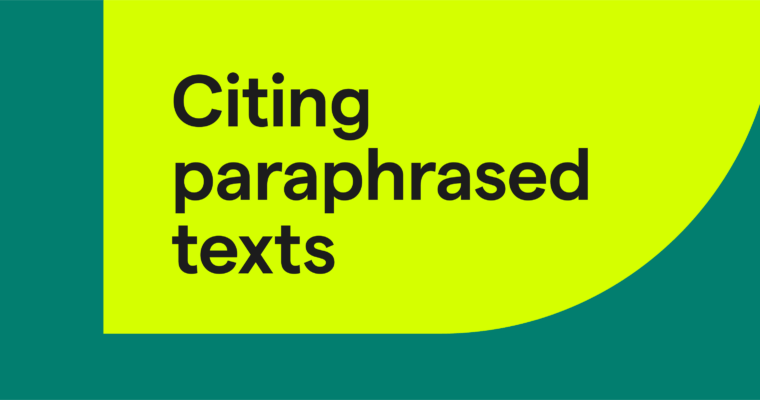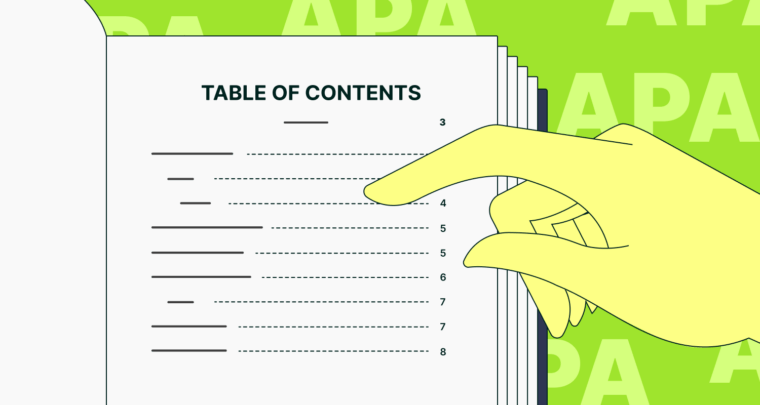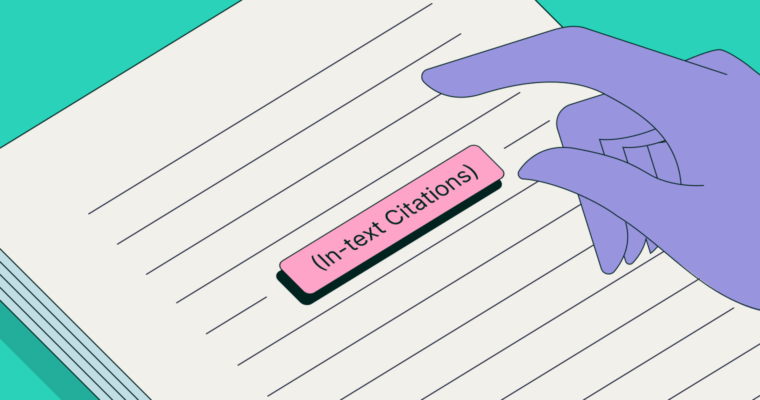The Chicago Manual of Style is used across multiple disciplines, from the humanities to sciences and social sciences. When citing primary or secondary sources in your research paper or other academic writing, it’s important to note that there are two varieties of Chicago-style citations: notes and bibliography or author-date. To cite a book in Chicago style, determine which of those two citation systems your area of study prefers.
Both citation systems include basic elements when referencing a book, like the author’s name, title of the book, and publication information like the publish date, publication name, and location. Certain exceptions arise when citing a book in Chicago style, including e-book citations and when citing religious sources, such as the Bible.
How to cite books in Chicago style
Typically, humanities-based areas of study, like literature and history, use the Chicago style’s notes and bibliography citation system. The author-date system for citing books in Chicago style is generally preferred within the sciences and social sciences.
Notes and bibliography citation system in Chicago style
Citing a book in Chicago style using the notes and bibliography format includes elements such as the author’s full name, title of the book, place of publication, publisher name, publication date, and page number (used only for a footnote citation). If the book is a certain edition of the original text, it’s appropriate to include the edition information as well following the book title.
Footnotes
Using the notes and bibliography Chicago style citation for books involves two different formats. The first is a footnote citation when referencing a work in text. Below is the full footnote format that’s used to cite a book in Chicago style:
Footnote #. Author’s First and Last Name, Book Title: Subtitle, edition (if applicable). (Place of Publication: Publisher, Publication Date), page #.
Example:
1. J. D. Salinger, The Catcher in the Rye, 1st ed. (New York City: Little, Brown, 2001), 33.
The primary distinction between a footnote versus bibliography citation is that a note citation includes a numerical digit preceding the author’s name. Also, the different elements are separated by commas. When citing the same source in text again, use a shortened footnote:
Footnote #. Author’s Last Name, Book Title, page #.
Example:
2. Salinger, The Catcher in the Rye, 33.
Bibliography
In addition to including an in-text footnote, include the work in a bibliography. Below is how to cite a book in Chicago style in a bibliography:
Author Last Name, First Name. Book Title: Subtitle. Edition (if applicable). Place of Publication: Publisher, Year.
In a bibliography, the author name is formatted to lead with their surname, and then their first name appears with a comma in between. Additionally, each citation element is separated with a period.
Example:
Salinger, J. D. The Catcher in the Rye. 1st ed. New York City: Little, Brown, 2001.
Author-date citation system in Chicago style
The Chicago style’s author-date citation system for referencing sources includes the author’s name, publication date, title of the book, publication location, and publication name.
Reference list
A reference list using Chicago style’s author-date format uses periods between each citation element. Below is the standard format:
Author Last Name, First Name. Publication Date. Title of Book. Edition (if applicable). Publication Location: Publisher Name.
Example:
Bown, Deni. 1988. Aroids: Plants of the Arum Family. Portland: Timber Press.
In-text citation
An in-text Chicago style book citation using the author-date system includes the author’s surname, the publication date, and page number. All elements are written within parentheses.
Example:
(Bown 1988, 55)
Common Chicago-style citation exceptions
The exceptions below use the note and bibliography citation system of The Chicago Manual of Style.
How to cite a textbook in Chicago style
When citing a textbook in Chicago style with additional contributors, such as an editor, the format changes slightly. In a bibliography, include the editor as “Edited by”. For a note citation, include the editor using the “ed.” or “eds.” abbreviations.
Footnote
Footnote #. Author’s First Name and Last Name, Title of book, edition (if applicable), ed. Editor First and Last Name (Publication Location: Publisher, Publication Date), page.
Example:
2. Leopold von Ranke, The Theory and Practice of History, 1st ed., ed. Georg G. Iggers (Oxfordshire: Routledge, 2010), 109.
Bibliography
Author’s Last Name, First Name. Title of book, edition (if applicable). Edited by Editor First and Last Name. Publication Location: Publisher, Publication Date.
Example:
Von Ranke, Leopold. The Theory and Practice of History, 1st ed. Edited by Georg Iggers. Oxfordshire: Routledge, 2010.
How to cite an e-book in Chicago style
To cite an e-book in Chicago style, you’ll need to include the elements in the standard book citation format, in addition to the source URL, or database or e-reader name.
Since pagination can vary between e-readers, you can omit page numbers from the citation. If specific placement identifiers are preferred, you can cite elements such as the section title or chapter number being referenced.
Below are the formats for citing e-books in the footnote and bibliography.
Footnote
Footnote #. Author’s First and Last Name, Title of Work (Publication location: Publisher Name, Publication date), chapter or page, URL or database name.Example:
3. Anthony Doerr, All The Light We Cannot See (New York: Scribner, 2017), chap. 2, Kindle.
Bibliography
Author’s Last Name, First Name. Title of Book. Publication location: Publisher Name, Publication date. URL or database name.
Example:
Doerr, Anthony. All The Light We Cannot See. New York: Scribner, 2017. Kindle.
How to cite the Bible in Chicago style
There are Chicago-style rules for citing scriptures and other religious texts. As the Bible is a very commonly cited text in academic writing, we’ve provided specific guidance and examples for it below.
The correct way to cite the Bible and other religious texts in Chicago style is notably different compared to other books. A Bible citation can either be written as a footnote—like in the note and bibliography system—as well as in text and parenthetically. Note that a Bible citation is not required in a bibliography.
Footnote
Below is the standard format to cite the Bible in Chicago style:
1. Abbreviated Title of Book, Chapter:Verse (Version).
Example:
1. Ps. 139:13–15 (NAB)
In-text citation
When referencing a passage within the text, write out the name of the book and use a colon to separate the chapter and verse.
Example:
“those who sow trouble” in Job 4:8 (NIV)
Parenthetical citation
When referencing the Bible in a parenthetical citation, include the book abbreviation, the chapter and verse, separated by a colon, and the fully spelled-out version.
Example:
(Gen. 12:1–3 King James Version)
For subsequent parenthetical references, use the abbreviated format for the Bible version.
Example:
(Job 4:8 NIV).






